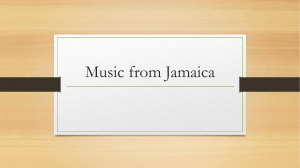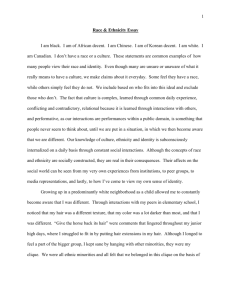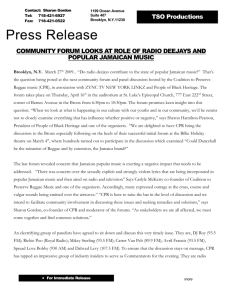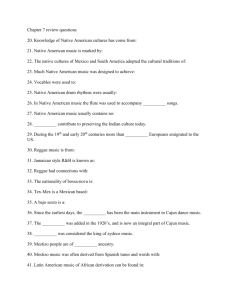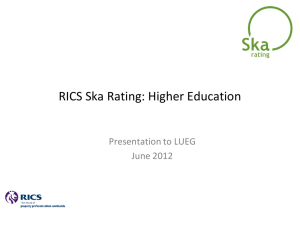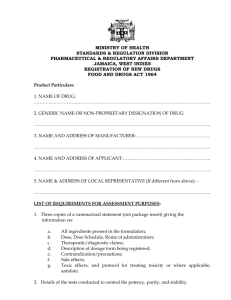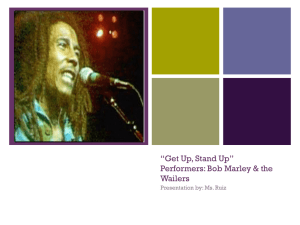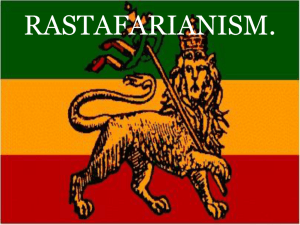Rock steady is a type of reggae, which was very
advertisement
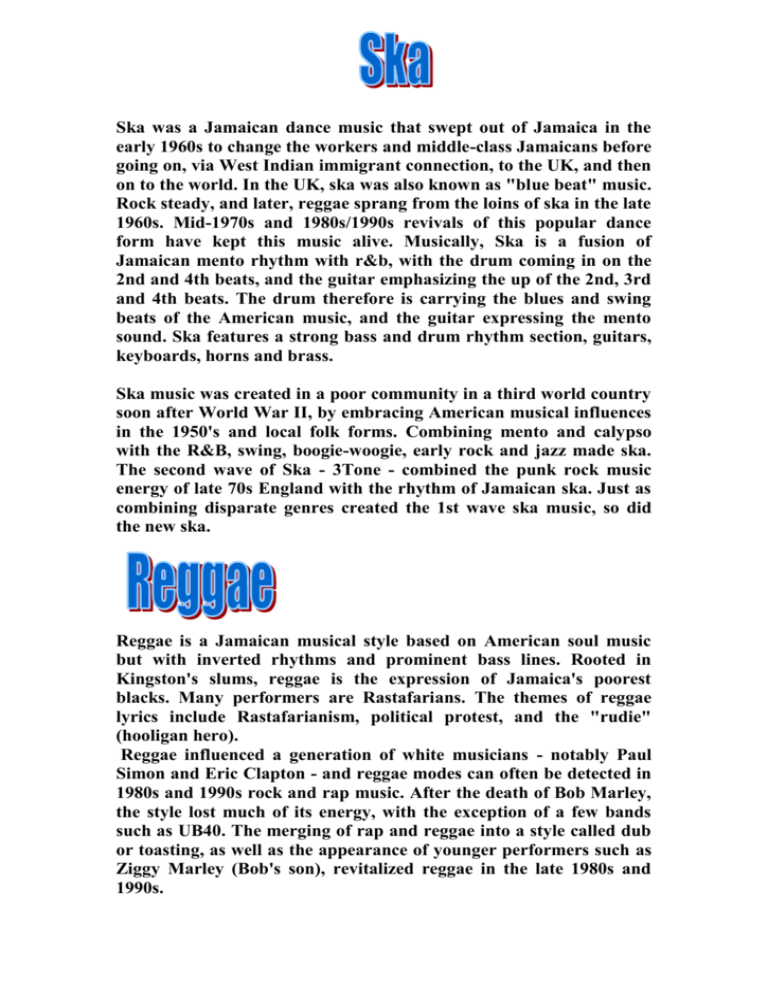
Ska was a Jamaican dance music that swept out of Jamaica in the early 1960s to change the workers and middle-class Jamaicans before going on, via West Indian immigrant connection, to the UK, and then on to the world. In the UK, ska was also known as "blue beat" music. Rock steady, and later, reggae sprang from the loins of ska in the late 1960s. Mid-1970s and 1980s/1990s revivals of this popular dance form have kept this music alive. Musically, Ska is a fusion of Jamaican mento rhythm with r&b, with the drum coming in on the 2nd and 4th beats, and the guitar emphasizing the up of the 2nd, 3rd and 4th beats. The drum therefore is carrying the blues and swing beats of the American music, and the guitar expressing the mento sound. Ska features a strong bass and drum rhythm section, guitars, keyboards, horns and brass. Ska music was created in a poor community in a third world country soon after World War II, by embracing American musical influences in the 1950's and local folk forms. Combining mento and calypso with the R&B, swing, boogie-woogie, early rock and jazz made ska. The second wave of Ska - 3Tone - combined the punk rock music energy of late 70s England with the rhythm of Jamaican ska. Just as combining disparate genres created the 1st wave ska music, so did the new ska. Reggae is a Jamaican musical style based on American soul music but with inverted rhythms and prominent bass lines. Rooted in Kingston's slums, reggae is the expression of Jamaica's poorest blacks. Many performers are Rastafarians. The themes of reggae lyrics include Rastafarianism, political protest, and the "rudie" (hooligan hero). Reggae influenced a generation of white musicians - notably Paul Simon and Eric Clapton - and reggae modes can often be detected in 1980s and 1990s rock and rap music. After the death of Bob Marley, the style lost much of its energy, with the exception of a few bands such as UB40. The merging of rap and reggae into a style called dub or toasting, as well as the appearance of younger performers such as Ziggy Marley (Bob's son), revitalized reggae in the late 1980s and 1990s. Reggae became famous to the world during the '70s and '80s with Bob Marley and the Wailers. But there was reggae before that. Reggae was introduced mainly by three men. Lee "Scratch" Perry, Edward Bunny and Osborne Ruddock in the 60s. The music descended from Ska and Rock steady, which at the time were the two main music stiles on Jamaica. The North American Rythm & Blues and the music of Trinidad, Calypso, influenced those two styles. Before the time of the Wailers reggae/rock steady/ska never was a commercial success and the recordings that were made were oftentimes singles. Jimmy Cliff played an important roll in establishing "reggae" as a household name because of his enormous success in the film "The Harder They Come" and it's accompanying soundtrack. Even after the breaking up of the Wailers, reggae music has remained as the principal music of Jamaica. Rastafarians are members of a Jamaican messianic movement dating back to the 1930s. According to Rastafarian belief the only true God is the late Ethiopian emperor HAILE SELASSIE (originally known as Ras Tafari), and Ethiopia is the true Zion. Rastafarians claim that white Christian preachers and missionaries have perverted the Scriptures to conceal the fact that Adam and Jesus were black. Their rituals include the use of marijuana and the chanting of revivalist hymns. Reggae music is the popular music of the movement. The Rastafarians, who stress black separatism, have exercised some political influence in Jamaica. Rock steady is a type of reggae, which was very popular in Jamaica 1960’s. Rock steady was a slowed down version or Ska and with its relaxed beat and social-protest lyrics, the music served as a forerunner to reggae. The only significant difference between ska and rocksteady was the tempo, besides this, both styles had the famous Jamaican rhythm guitar and organ bubble complemente. Mento was Jamaican Folk music. It's evolution saw this folk music used at certain social functions like the music of the Pocomania church. The European influenced the plantation 'work songs'. The first music that was recorded in Jamaica was Mento. It drew heavily from these various forms of Folk music, not only with its repetoire, but also from the instrumentation. Compared to Calypso, Mento was a distinctive style that still has influence today. In the winter of 2001 2002 it marked the 50th anniversary of recording facilities in Jamaica, which enabled them to record Mento and other different forms of reggae. In 1958 Britain had a West Indies Federation which included ten countries Trinidad and Tobago , Jamaica , and Barbados were the principal members, the fact that Jamaica received only one third of the representation in the federation bred resentment. Despite Jamaica having more than half the land area and population of the grouping. A campaign led by the nationalist labour leader Sir Alexander Bustamante led to a 1961 decision and in the next year Jamaica became an independent member of the Commonwealth. Alexandra Bustamante, leader of the Jamaican Labour Party, became the first prime minister of independent Jamaica.
